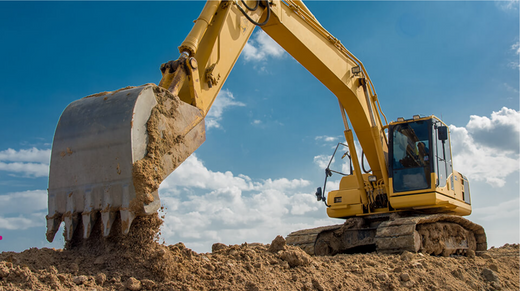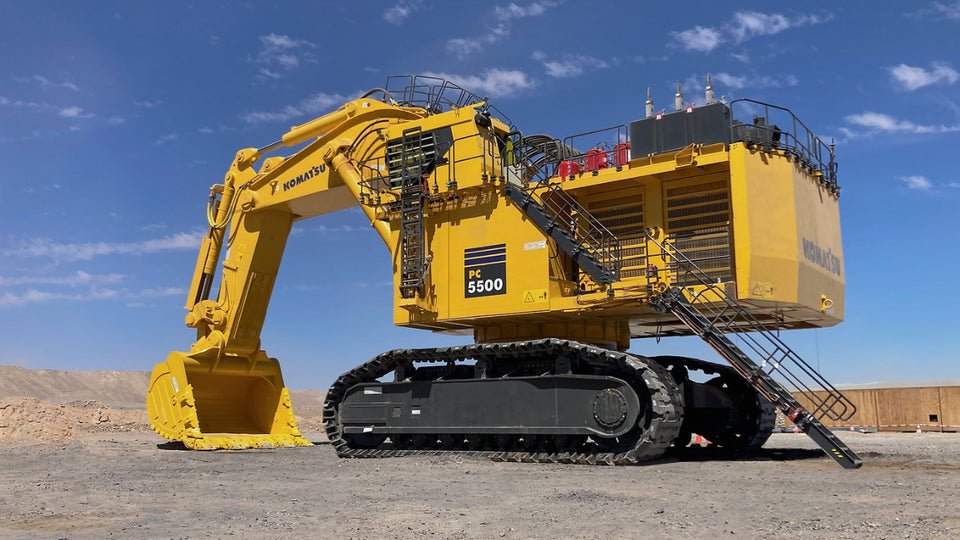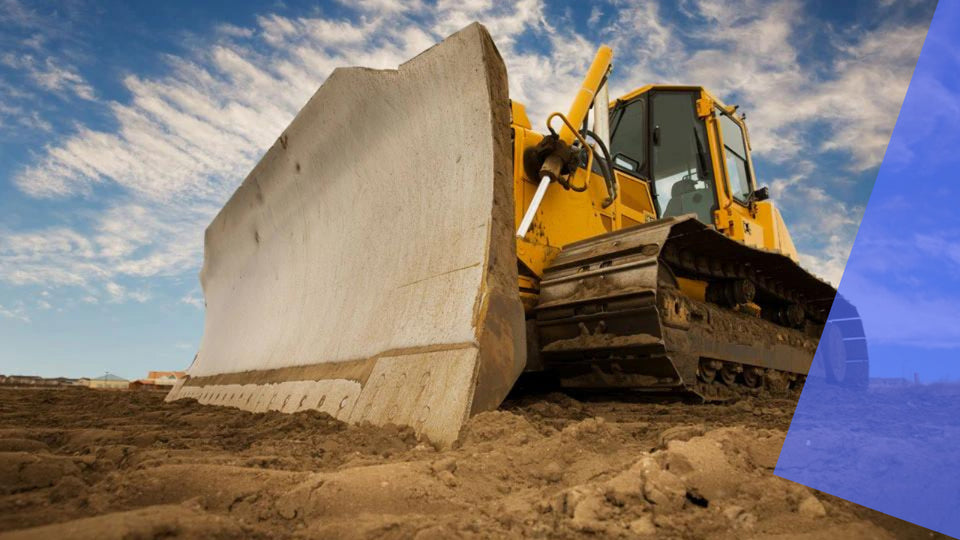Having a thorough understanding of construction excavators' maintenance, operation, and safety procedures is essential for managing them properly. These big, strong, heavy machines carry out various tasks and maneuvers to get a job done. With so many moving parts, mechanical complications are bound to happen sooner or later during the lifetime of the excavator. With a proactive approach to the maintenance and upkeep of your excavator, all mechanical issues including your overall downtime occurrences will be far and few between during the lifespan of your excavator. Here are the five best practices for handling the upkeep of your excavator components and equipment.
1. Regular Inspection of Drain Filters
The health of your excavator’s final drive motor significantly depends on the condition of the drain filter. A clogged case drain filter can lead to premature failure, a common issue seen in excavators across various brands, including Bobcat. It's estimated that 90% of premature final drive motor failures are attributable to neglected drain filters. Regular inspections can catch clogs early, preventing extensive damage and costly repairs. Should you encounter any blockage, seeking professional assistance immediately is paramount to safeguarding your machinery.
2. Diligent Maintenance of Oil Levels
The vital component that keeps an excavator functionally mobile is the lubrication system (gear oil in the final drive motor). Check the gear oil at least once per every 100 working hours, or once a month, and make sure that the gear oil is completely changed at least once a year. This routine not only sustains the hydraulic components in prime condition, but also significantly extends the service life of the travel motors. Regular oil checks and changes prevent the accumulation of contaminants that can impair the excavator's performance.
3. Proper Safety Protocols
It is imperative to guarantee that all operators have adequate training in operating excavators, are outfitted with the required safety gear, and are aware of the unique risks associated with each site. Employees and equipment can be protected from potential mishaps by receiving ongoing training on the most recent safety regulations and procedures.
4. Monitor Undercarriage Wear and Tear
The undercarriage of an excavator endures significant stress and is often a site for wear and tear. Unexpected downtime can be avoided by doing routine checks for damaged rollers, worn tracks, loose bolts, etc. Your excavator will last longer and continue to function efficiently if the undercarriage is kept clear of debris.
Train on Advanced Control Features
Modern excavators come equipped with advanced control systems designed to enhance efficiency and precision. Familiarizing yourself and your team with these features can optimize your machinery's capabilities. Investing time in training can unveil functionalities that reduce fuel consumption, improve handling, and adapt the machine to specific tasks more effectively.
Conclusion
Efficient management and operation of construction excavators are foundational to the success of construction projects. By prioritizing regular maintenance checks, adhering to safety protocols, addressing undercarriage wear, and leveraging advanced control systems, you can ensure your excavators operate at their best. These practices not only prolong the life of your machinery but also enhance site safety and project efficiency.
For expert advice, maintenance services, or to find high-quality final drives for your excavators, Precision Final Drives is here to support you. Our dedication to quality, value, and service guarantees that your construction equipment will continue to be a dependable asset for many years to come. For solutions that match your excavator's demands and are supported by our industry-leading knowledge and experience, get in touch with us today or visit our website.



